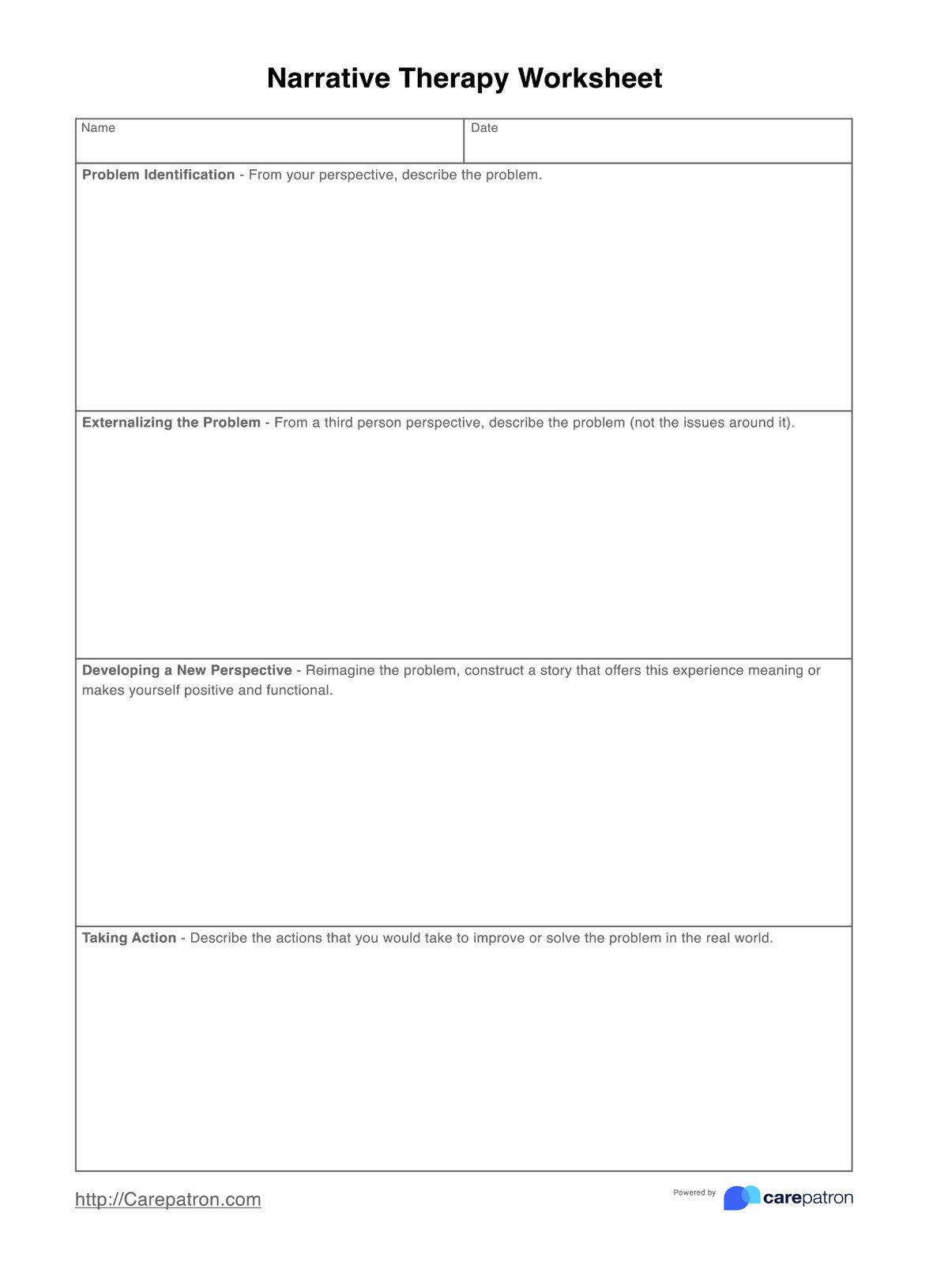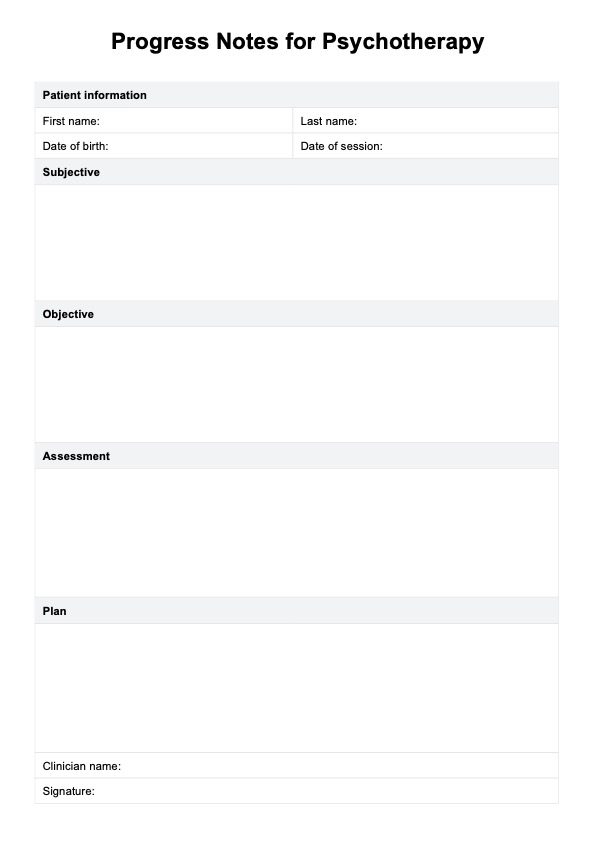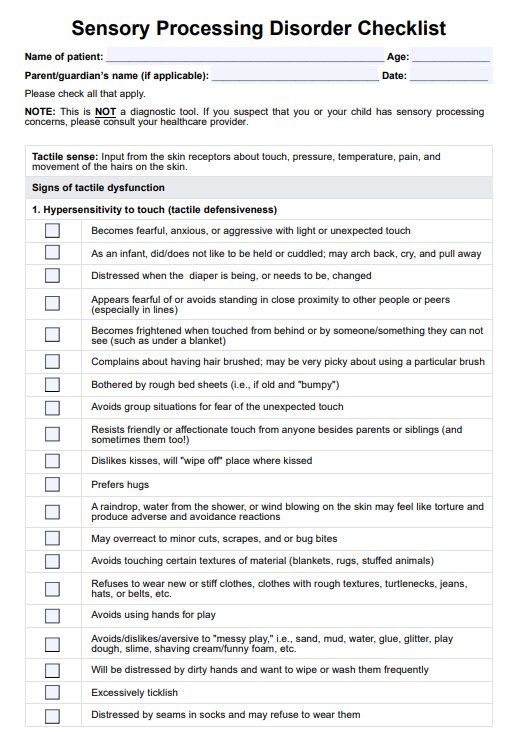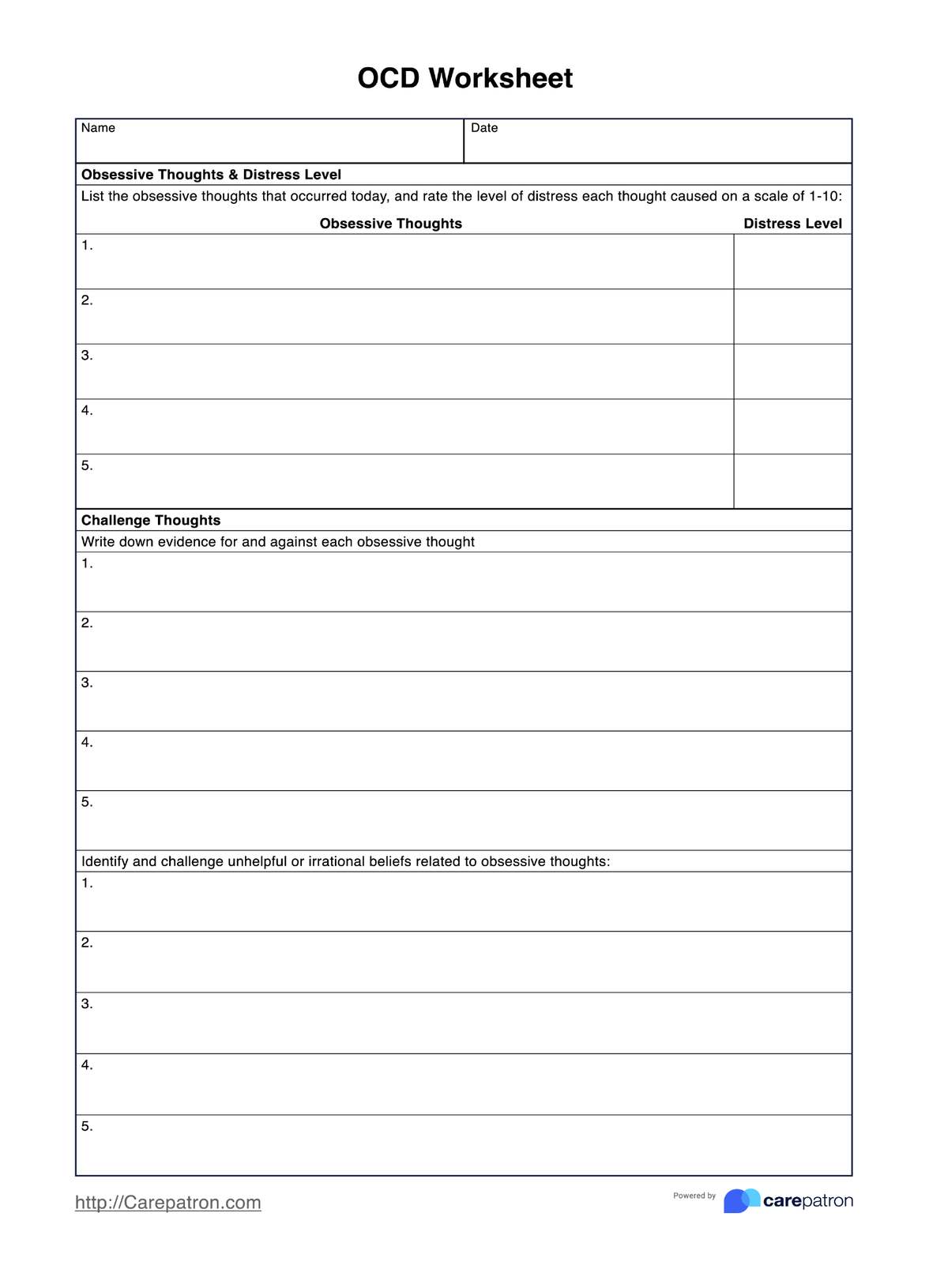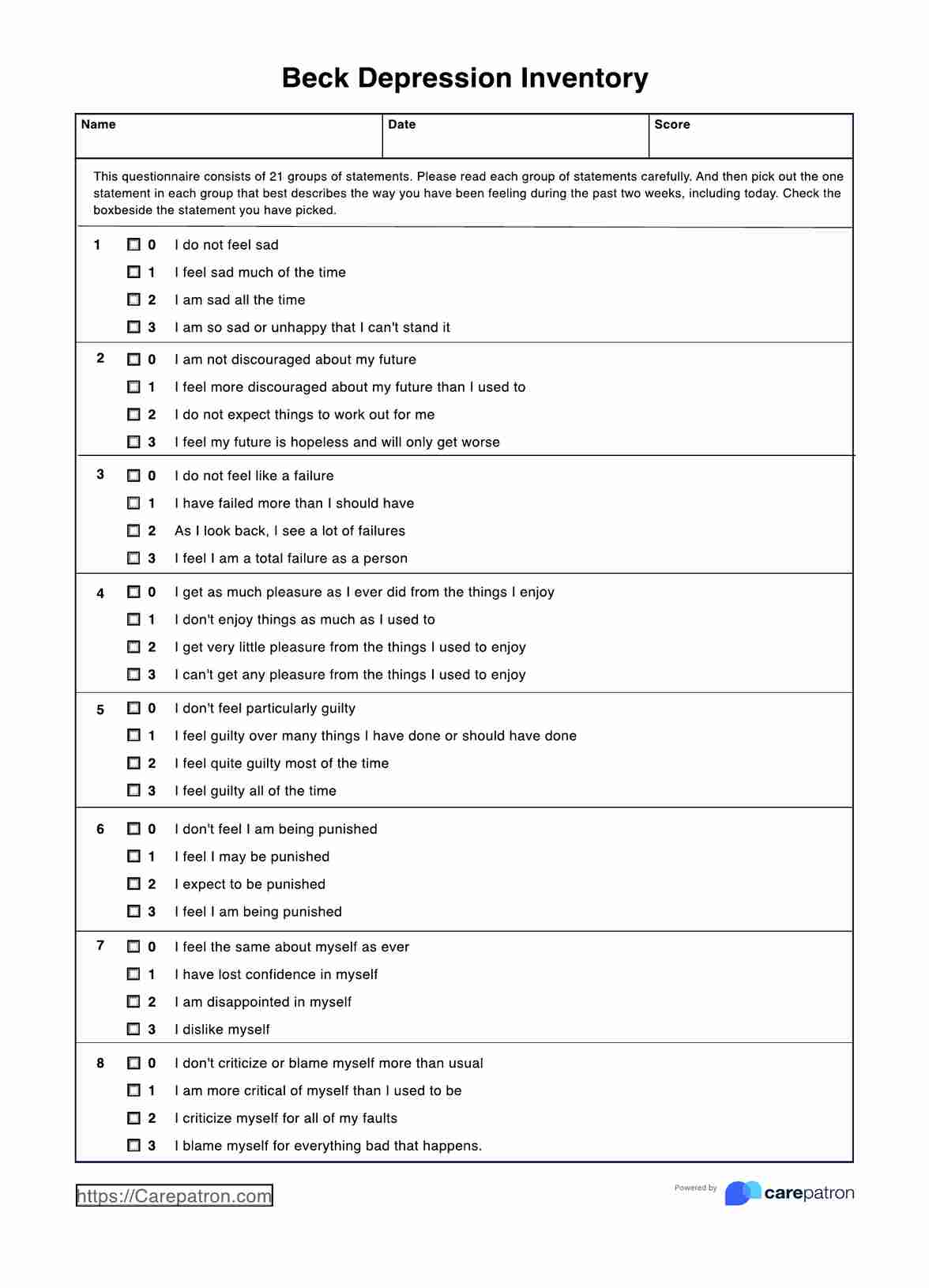CVICU Report Sheet
Streamline CVICU patient care with our free Report Sheet example. Enhance communication and ensure continuity of care. Download now.


What is a CVICU Report Sheet?
A CVICU Report Sheet is an essential tool healthcare professionals use in the Cardiovascular Intensive Care Unit (CVICU) to track and communicate the critical details of patient care. This document is a comprehensive collection of vital information, including patient names, current medications (meds), vent settings, and other relevant data that nurses and doctors need to provide high-quality care. The report sheet ensures continuity of care between shifts, allowing the oncoming nurse to quickly understand a patient's condition, ongoing treatments, and care plan.
The CVICU Report Sheet typically includes sections recording dynamic patient information such as heart rate, blood pressure, oxygen saturation, and other cardiovascular assessment results. It also provides space for noting changes in the patient's condition, interventions performed, and the response to those interventions. By consolidating this information onto a single sheet, healthcare providers can more easily monitor patient progress, adjust treatments as necessary, and ensure that all team members are informed about each patient's status.
CVICU Report Sheet Template
CVICU Report Sheet Example
How does our CVICU Report Sheet template work?
Our CVICU Report Sheet template is meticulously crafted to enhance the efficiency and accuracy of documenting and communicating vital patient care information within the Cardiovascular Intensive Care Unit. This user-friendly template is structured to ensure healthcare providers can swiftly and accurately compile a comprehensive report that encompasses all essential aspects of patient care.
Here's how to use the template:
Step 1: Download the template
Begin by downloading the latest CVICU Report Sheet template. Ensure you use the latest version to comply with updated documentation standards or requirements.
Step 2: Document details by completing every section
Fill in each section of the template accurately. Start with patient name to ensure the report matches the right individual. Add any relevant notes that could impact patient care, such as treatment responses or condition changes.
Step 3: Double-check information
Before finalizing the report, review all entered information for accuracy and completeness. Verify patient details, medication lists, and all recorded observations to prevent errors in patient care. This step is critical in maintaining the integrity of the patient's medical record and ensuring seamless communication among care team members.
Step 4: Save and secure
Once the report is completed and reviewed, save the document following your institution's data management policies. Ensure the report is securely stored in the patient's electronic health record (EHR) or other designated platforms. Adhere to privacy and security regulations to protect patient information.
By diligently following these steps and using the CVICU Report Sheet template comprehensively, healthcare providers can significantly enhance the quality of documentation and patient care in the CVICU. This systematic approach ensures vital patient information is accurately captured, organized, and readily available to all care team members, facilitating optimal patient outcomes.
What are the benefits of using a CVICU Report Sheet?
Here are some of the benefits of using our CVICU Report Sheet template:
Enhanced communication among healthcare providers
One of the primary benefits of utilizing our Free CVICU Report Sheet is the significant improvement it brings to communication within the healthcare team. This document is a centralized source of vital patient information, ensuring that every member, from nurses to doctors and specialists, can access the same data. This uniformity is crucial during shift changes or when transferring a patient's care between team members.
Enhanced patient safety
The CVICU Report Sheet plays a critical role in enhancing patient safety. By providing a comprehensive and up-to-date overview of a patient's condition, including medications, vent settings, and recent changes in health status, healthcare providers can make informed decisions swiftly. This accuracy and timeliness in information transfer are essential in the fast-paced, high-stakes environment of the CVICU, where even minor delays or inaccuracies can significantly impact patient outcomes.
Increased efficiency in patient care management
Another significant advantage of the CVICU Report Sheet is its increased efficiency in patient care management. The structured format of the report sheet streamlines the documentation process, making it easier for healthcare providers to note and find important information. This efficiency reduces the time spent on administrative tasks, allowing more time dedicated to direct patient care.
Promoting cohesive care delivery
The CVICU Report Sheet is instrumental in promoting cohesive care delivery. It ensures that all team members, regardless of their role or shift time, have a clear and consistent understanding of the patient's care plan. This consistency is vital for maintaining a unified approach to patient care, where interventions, monitoring, and treatments are carried out coherently by the entire team. The report sheet acts as a roadmap, guiding the care provided by different professionals and ensuring everyone is working towards the same goals for the patient's recovery.
The CVICU Report Sheet is an invaluable tool in the cardiovascular intensive care unit, offering benefits that extend from improved communication and patient safety to increased efficiency and cohesive care delivery. Its role in ensuring that comprehensive, up-to-date patient information is readily available to all members of the healthcare team cannot be overstated, making it a cornerstone of effective patient management in the CVICU setting.
Commonly asked questions
Therapy assessment in the CVICU context focuses on the immediate and critical needs of patients with severe cardiovascular conditions, ensuring that mental health support is tailored to these unique challenges.
Common inquiries include assessing the patient's mental and emotional state, understanding their coping skills, and identifying any need for additional support to manage the stress of their condition and treatment.
Key tips include being concise yet comprehensive, ensuring all relevant information is up-to-date, and highlighting any changes in the patient's condition or treatment plan that need attention.

.webp)
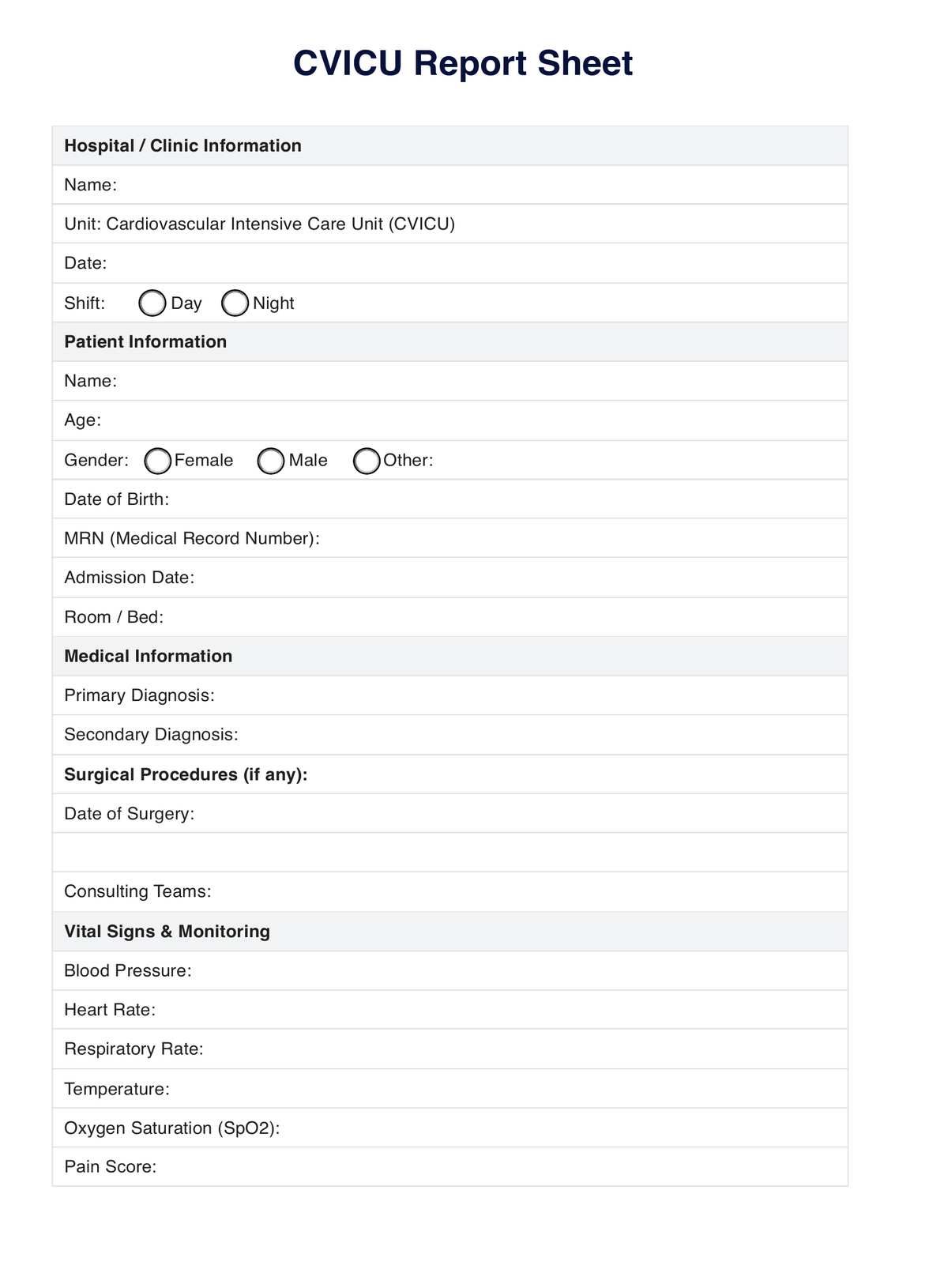
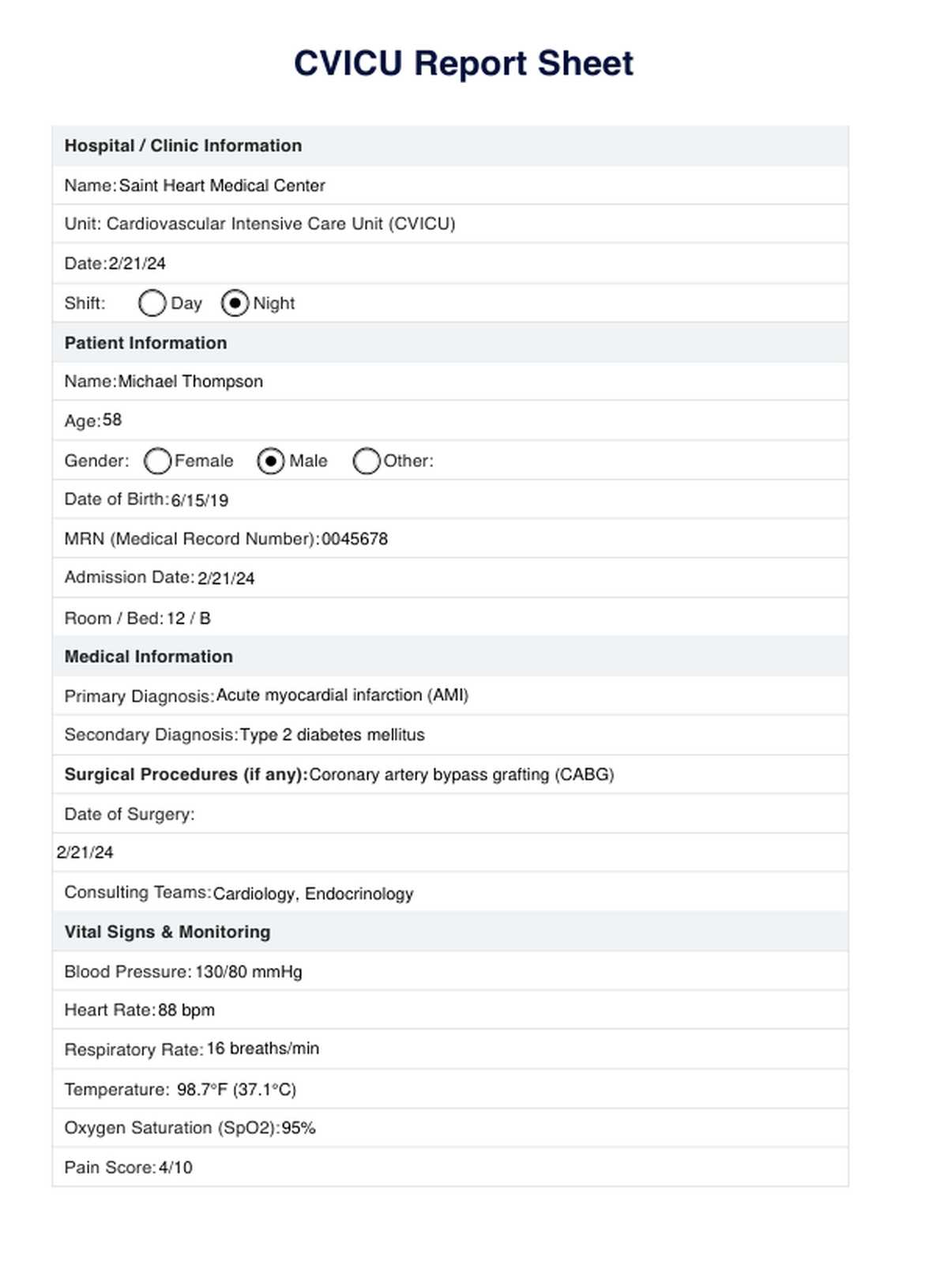

















-template.jpg)



















































































